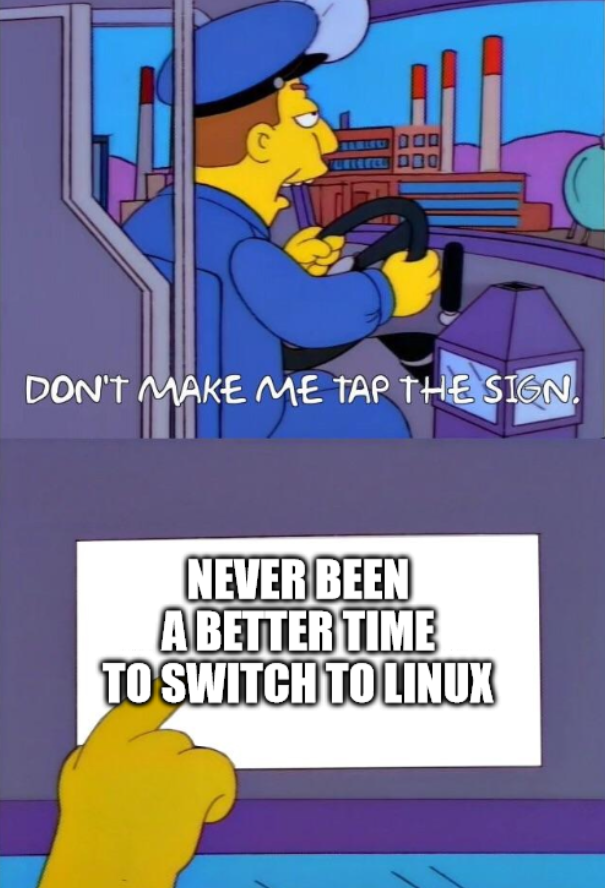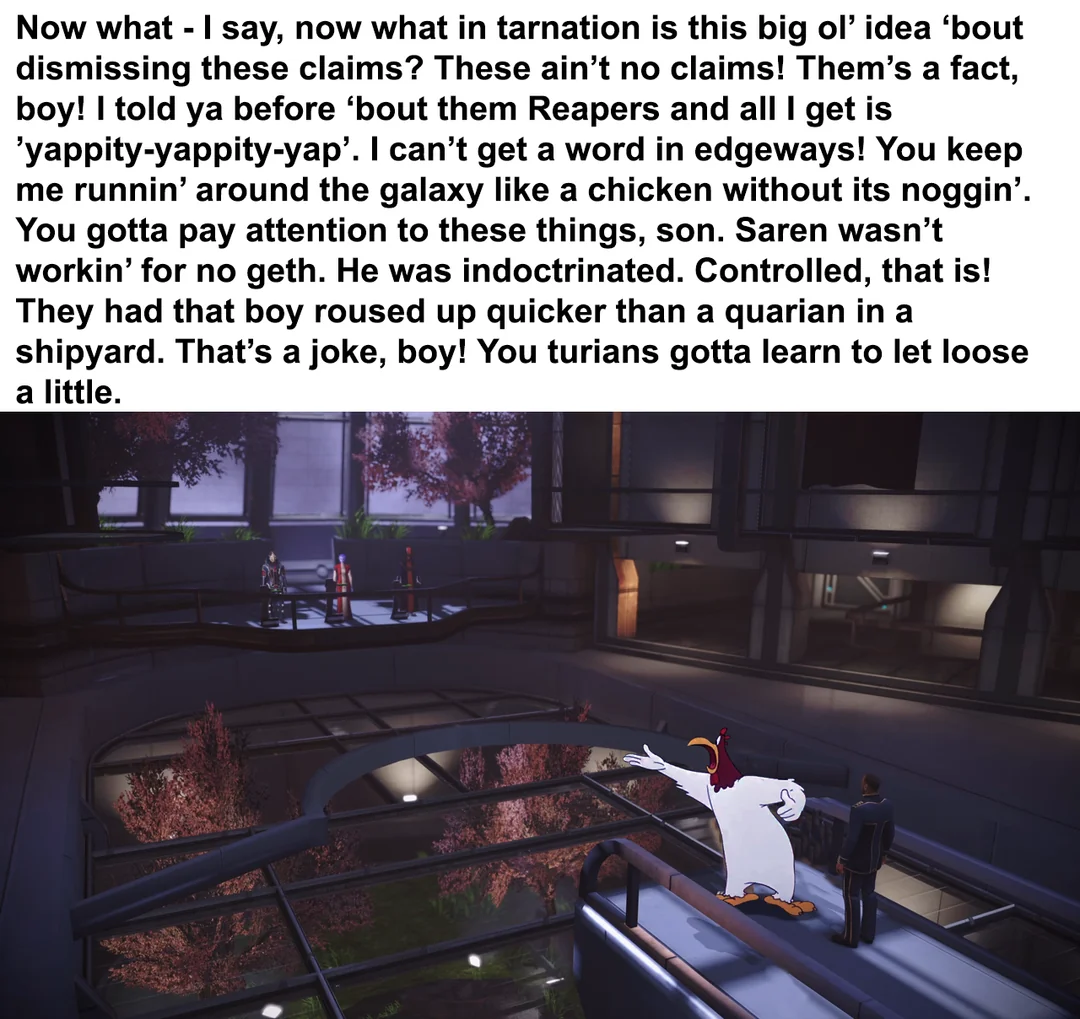The Titanic chose a new Captain today after the humiliating iceberg incident, insists we have not taken on too much water and pleads for unity aboard the sinking ship.
stardustsystem
Read 1984, if you haven't already.
This is exactly what The Party does through simplifying the Newspeak dictionary - targeting words to remove from the lexicon to make even communicating against The Party's narrative impossible.
DEI is being Unpersoned
I'm presently replaying Command & Conquer Red Alert 3 and love it. The cast for the FMVs is all-star, the game itself is a super refined version of Red Alert 2 (itself an all-time classic) and the story has no bearing on the rest of the series so it can be played in isolation with no advance knowledge of C&C
They'll make whatever sells subscriptions at this point.
Don't buy, only subscribe. From media to software and now to hardware and OS. No more license keys you can reuse, no more owning what you pay for, just live services and ever-rising subscription costs that can change at any time for any reason and neuters your ability to take legal action against them while they do it.
Silence critics, control available options, capture profit - that's the name of the game. They'll sell this to businesses as 'take your PC anywhere' like you couldn't already do that and then they have a hunk of plastic and silicon they need to pay out the nose for until they finally give it up. And they'll have to give it up because it literally can't run anything else on the available hardware. I'm sure folks will hack it apart but like, what's the point?
Speaking of where we're talking on just now, Lemmy support in general would be great too. Not sure but I assume your suggestion would mean the same thing?
I used to put my Taskbar on the left, set every window to be a separate selection in the Taskbar, add my Desktop folder to the taskbar, and then make the taskbar super wide so I could read all the open windows and select what I wanted.
ALL of those options were removed in 11.
@over_clox has the answer here. They got rid of Wordpad to drive people toward paying for Word.
Get in losers, we're making a better world whether they want to help us or not
So CosmOS does run through Compose files, but it makes them on the fly and gives you a moment before runtime to review it and make any changes.
Am I understanding right that your idea here is to put the Volumes on the NFS share and run through that, as opposed to having the data outside of a Volume just sitting on an NFS Mount?
I'm still early enough in that if something's wrong or not ideal about the config, I can go scorched earth and have the whole thing back up and running in an hour or two.
Is there a better filesystem that I could share out for this kind of thing? My RAID Array is run through OpenMediaVault if that helps.





THIS SHIT AIN'T NOTHING TO ME MAN